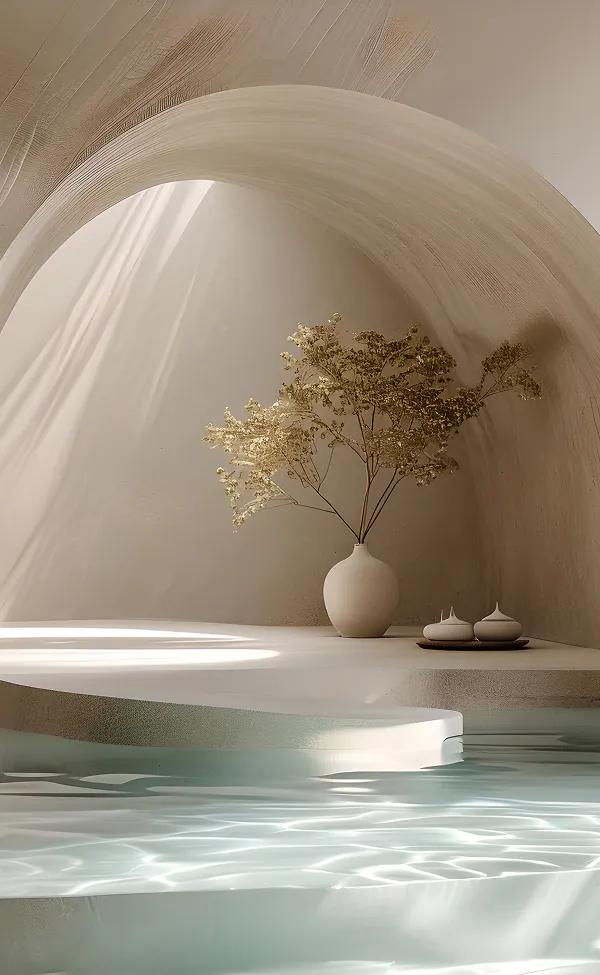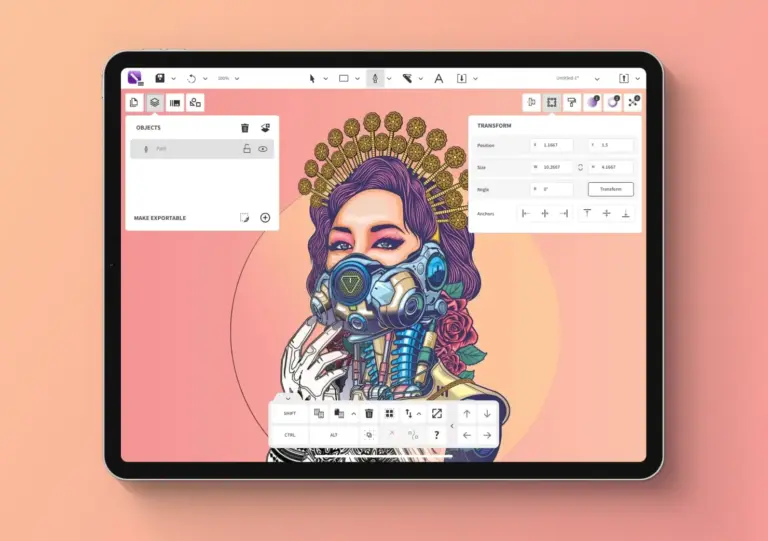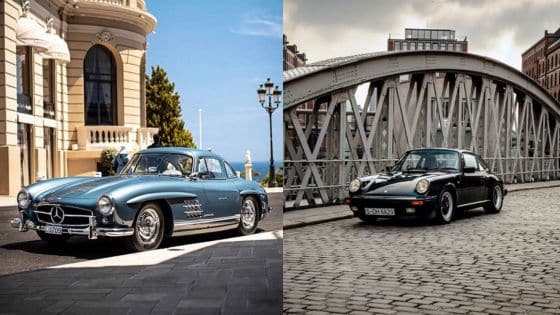Many aspiring artists dream of creating stunningly realistic car drawings, yet they often feel unsure of where to start. This article reveals essential techniques and tips that can help anyone master the art of drawing cars with professional flair. With the right guidance and practice, transforming a blank page into a detailed automotive masterpiece becomes an achievable goal.
Artists can benefit from understanding the nuances of car design, proportions, and shading. By learning these key elements, they can elevate their skills and produce impressive works. This guide offers ten secrets that will empower artists to improve their craft and gain confidence in their abilities.
1) Master the Basics of Sketching

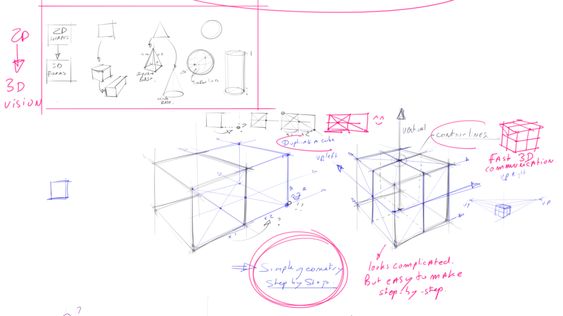
Sketching is the foundation for drawing realistic cars. It starts with understanding simple shapes. Cars can be broken down into rectangles, circles, and triangles.
Practicing these basic shapes helps in capturing the overall form of the vehicle. Proportions play a crucial role, so keeping them in mind is essential. Using references can guide the sketch process, making it easier to visualize angles and curves.
Line quality is also important. Varying the pressure on the pencil can create depth and dimension. Light lines are suitable for initial sketches, while darker lines define the final outline.
Regular practice will build confidence and improve skills. Experimenting with different pencils and materials can lead to discovering a personal style. Ultimately, mastering these basics sets a solid groundwork for drawing more complex car designs.
2) Study Car Anatomy Thoroughly
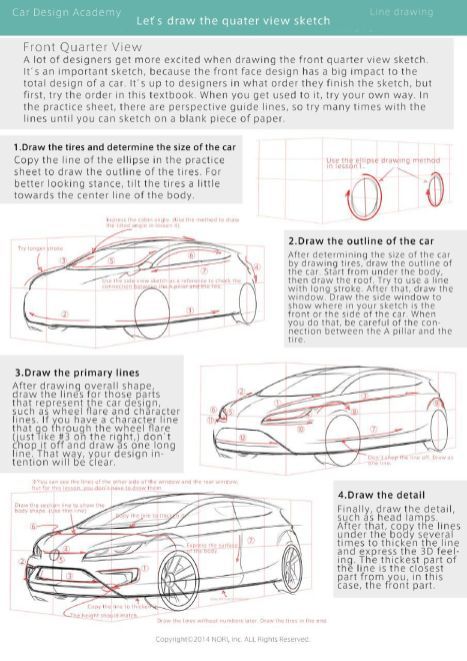
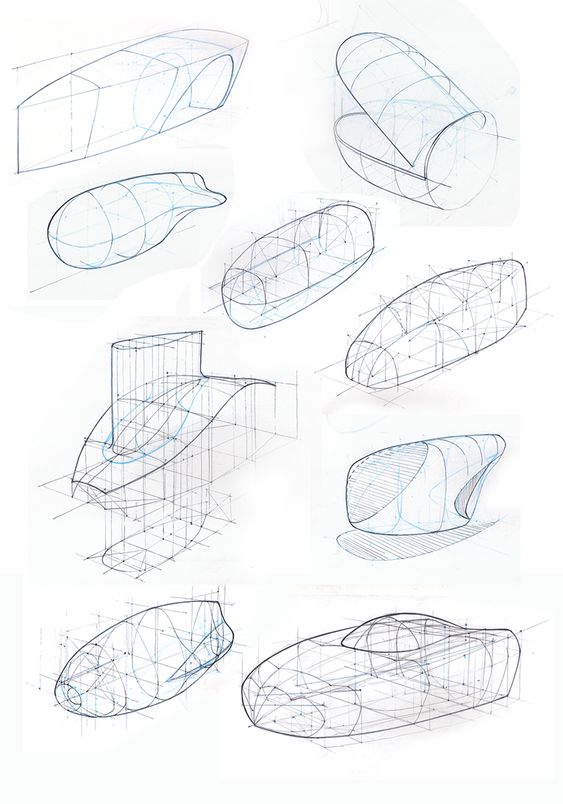
Studying car anatomy is essential for anyone wanting to draw realistic vehicles. Understanding the structure of a car helps in accurately depicting its form and details.
Start by examining the main components. This includes the chassis, engine, wheels, and body. Each part plays a role in the car’s overall appearance.
Observing different types of cars offers insight into variations in design. From sports cars to sedans, each has unique characteristics that influence their shape.
Using reference images can be beneficial. Photographs or blueprints allow for a closer look at proportions, angles, and curves.
Practicing sketches of these components separately can enhance skills. It helps in grasping how pieces connect and function together.
Finally, consider the materials and textures. Cars are often made of metal, glass, and rubber, each requiring a unique approach to rendering in a drawing. Understanding these elements leads to more authentic representations.
3) Understand Perspectives and Angles
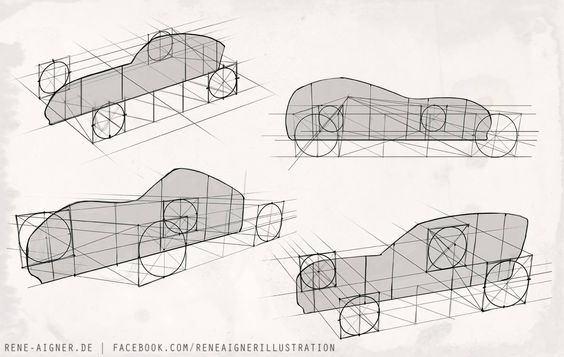
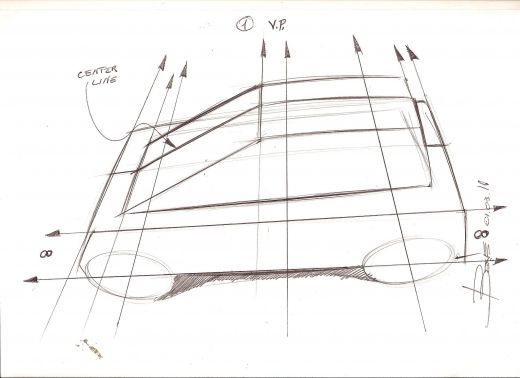
Understanding perspectives and angles is crucial in drawing realistic cars. They add depth and dimension that makes a flat image come to life.
When viewing a car, its shape changes with the angle. A car seen from the front looks different from one seen from the side. Artists must pay attention to how the lines and curves shift based on the viewer’s position.
Using one-point or two-point perspective techniques can help create a convincing look. One-point perspective focuses on a single vanishing point, often used for straight-on views. Two-point perspective offers more dynamism with two vanishing points, making the car seem more three-dimensional.
Practicing these perspectives can improve accuracy. Artists can start by sketching simple shapes in different angles before moving to more complex designs. Regular practice helps in recognizing how light and shadow interact with the car’s surfaces, enhancing realism.
4) Use Reference Images
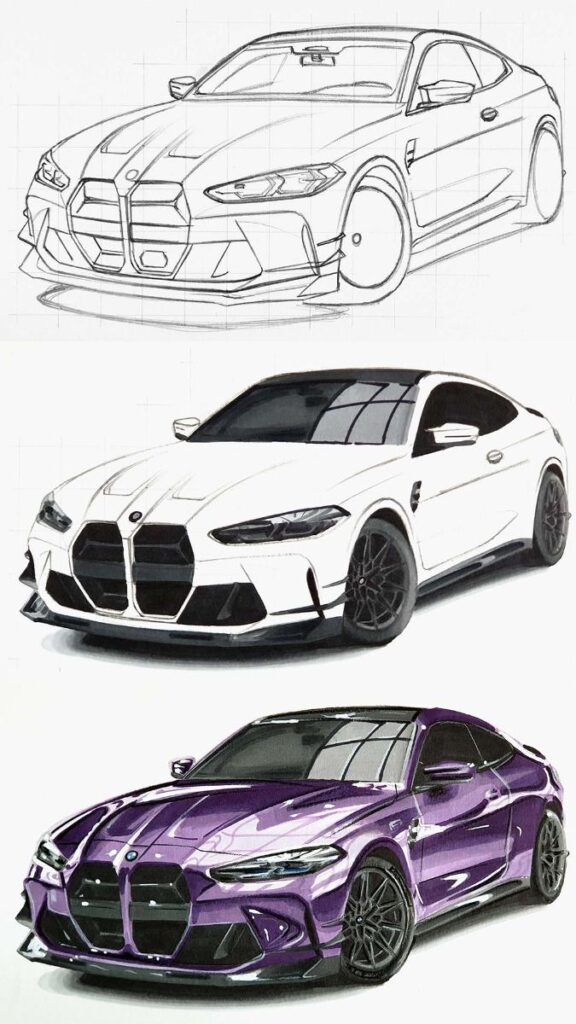
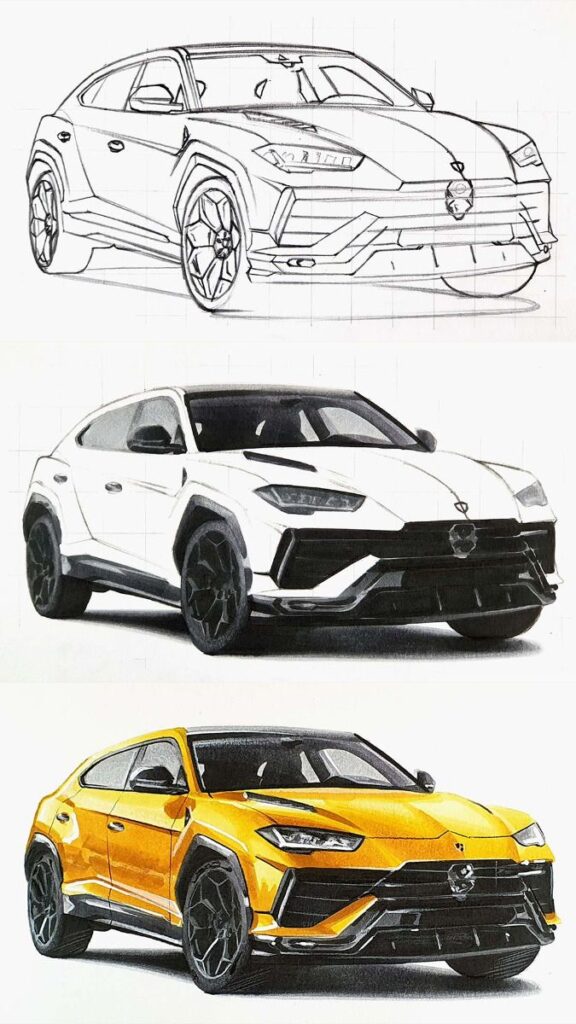
Using reference images is essential for drawing realistic cars. They provide a clear guide for proportions, angles, and details. Artists can study the shapes and reflections that make cars unique.
Finding high-quality images online or taking personal photos can enhance the drawing process. Observing various models helps understand different design elements. This knowledge leads to more accurate representations.
He or she should pay attention to lighting and shadow in the reference images. This aspect is crucial for creating depth and dimension. It can significantly impact the finished piece.
Incorporating these images into practice can boost confidence and skill. Over time, reliance on reference may decrease as familiarity and experience grow. Building a personal library of images can serve as valuable inspiration for future projects.
5) Practice Light and Shadow Techniques
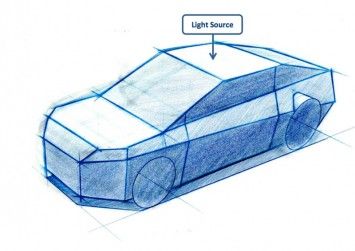
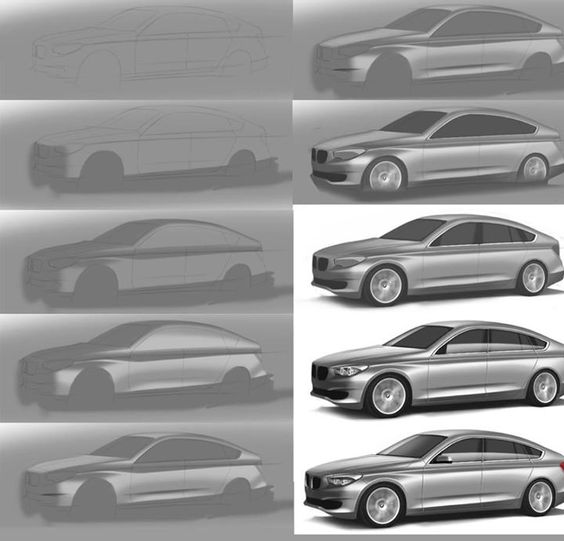
Understanding light and shadow is essential for creating realistic car drawings. Light defines the contours and surfaces, while shadows add depth and dimension.
Artists should start by observing how light interacts with different car surfaces. They can notice reflections on metal and subtle shadows on curves. Practicing these variations helps build an understanding of form.
Using different shading techniques can enhance the effect. Hatching, cross-hatching, and stippling each produce unique textures. Experimenting with these methods will improve skill in depicting light and shadow.
A good approach is to work with reference images. Studying photos of cars in natural light can reveal how shadows fall in various situations. This practice sharpens perception and helps translate it onto paper.
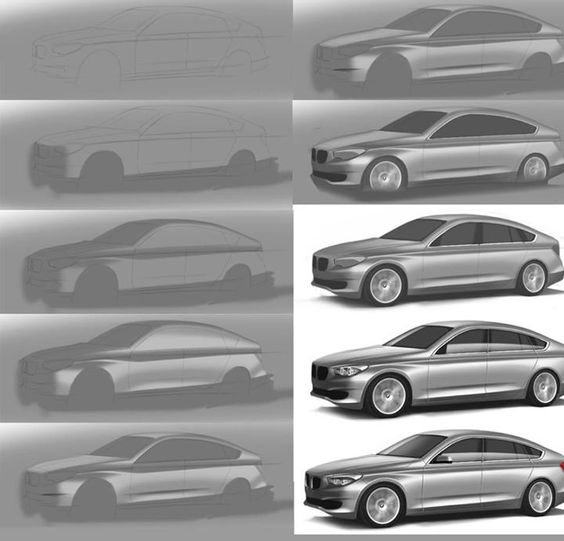
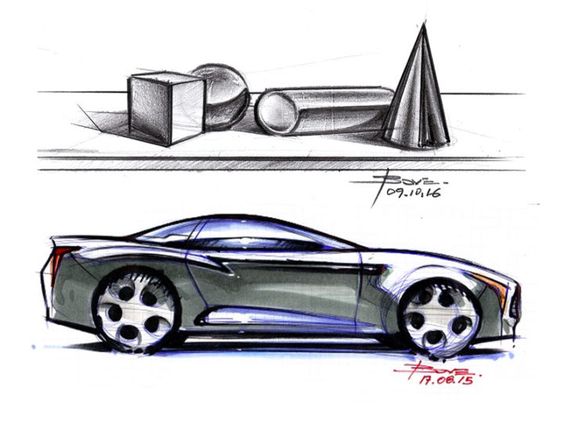
Regularly sketching under different lighting conditions can also be beneficial. Artists should try drawing in bright sunlight versus soft indoor light to see the differences. This variation emphasizes the importance of light in enhancing a drawing’s realism.
6) Explore Various Car Textures
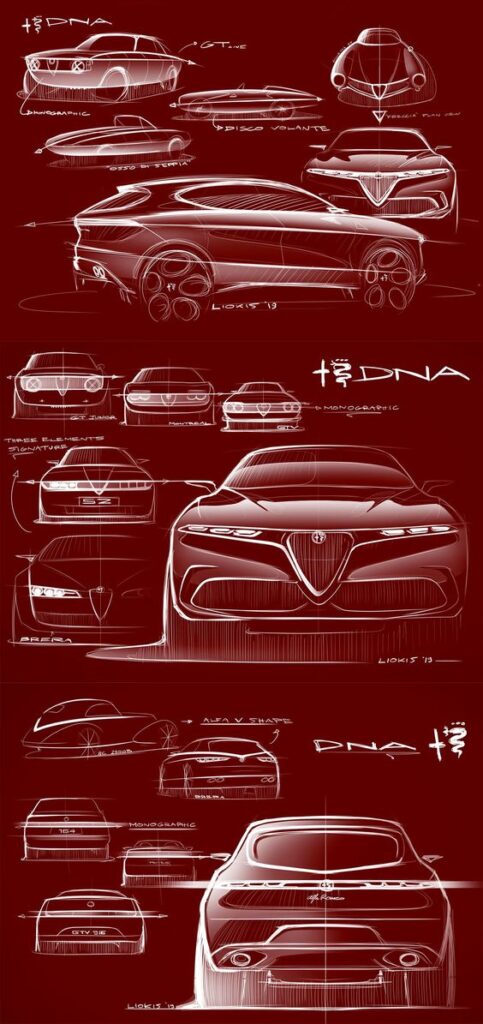
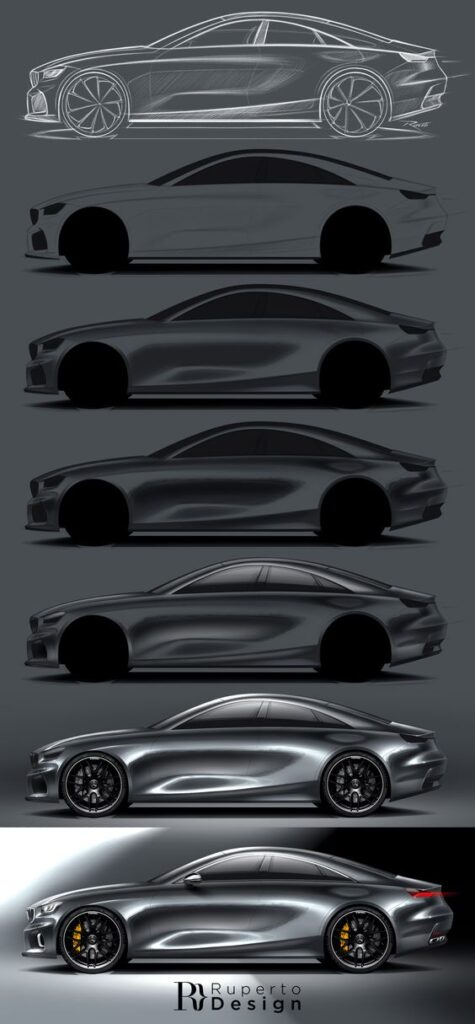
Experimenting with different car textures can elevate a drawing significantly. Each texture, from sleek metal to rough plastic, has its unique appearance and feel.
He should take time to study photographs of cars and note the distinct qualities in their surfaces. Metallic finishes reflect light differently than matte surfaces. The use of highlights and shadows can enhance this effect.
Incorporating textures such as glass, leather, and rubber will enrich the drawing. Adding details like reflections on windows or stitching on seats can provide depth.
Using various techniques like cross-hatching, stippling, or blending can effectively represent these surfaces. She can practice these methods on separate paper before applying them to the final piece.
Observing real cars in different lighting conditions also helps understand how textures change. This practice improves skills and brings realism to the artwork. Engaging with these elements can transform a simple drawing into a vibrant depiction of automotive art.
7) Experiment with Different Mediums
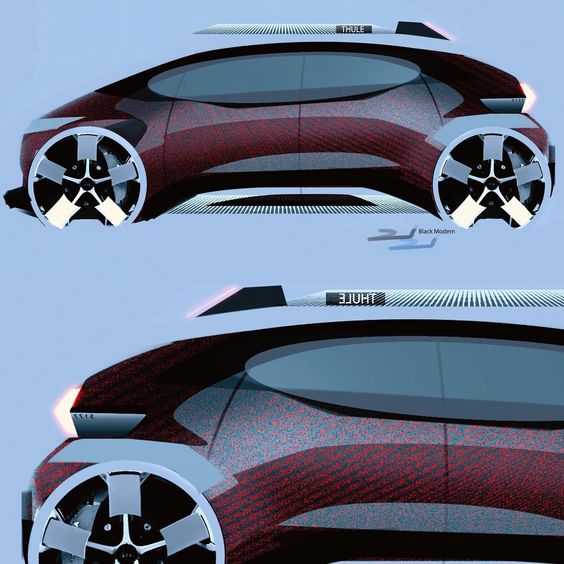

Trying out various drawing mediums can enhance a car drawing experience. Each medium brings unique qualities that can affect how details and textures appear.
Pencils offer precision and control. Graphite allows for fine lines and shading, making it perfect for intricate details. Colored pencils introduce versatility with color, promoting creativity in design.
Markers can deliver bold, vibrant results. They work well for quick sketches and can add a striking look to car illustrations. Watercolors provide a softer approach and can create interesting effects, especially for reflections and shadows.
Digital mediums have gained popularity among artists. Drawing tablets allow for flexibility with tools and effects while offering the ability to easily edit and modify designs.
Experimenting with different mediums leads to discovering personal preferences. Each artist may find specific tools that resonate best with their techniques and style.
8) Focus on Details and Accuracy

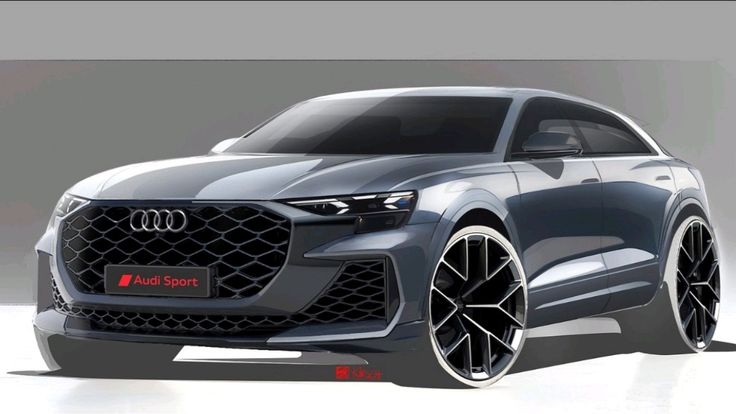
Attention to details is essential for drawing realistic cars. Observing how light reflects off different surfaces can enhance the overall appearance. Small elements, like door handles and side mirrors, contribute significantly to the drawing’s realism.
Accuracy in proportions is crucial. The sizes of tires, windows, and other features need to be precise. Keeping measurements consistent makes the drawing believable.
Shadows and highlights play a vital role as well. Adding appropriate shading gives depth and dimension to the car. This technique helps separate various parts, making the drawing more lifelike.
Using reference images is beneficial. Studying photographs of real cars allows for better understanding of shapes and details. It also helps in replicating textures like metal or glass.
Finally, practice is key. The more one focuses on details and accuracy, the better their skills will become. With time, improvements in these areas will lead to more impressive drawings.
9) Learn from Professional Tutorials
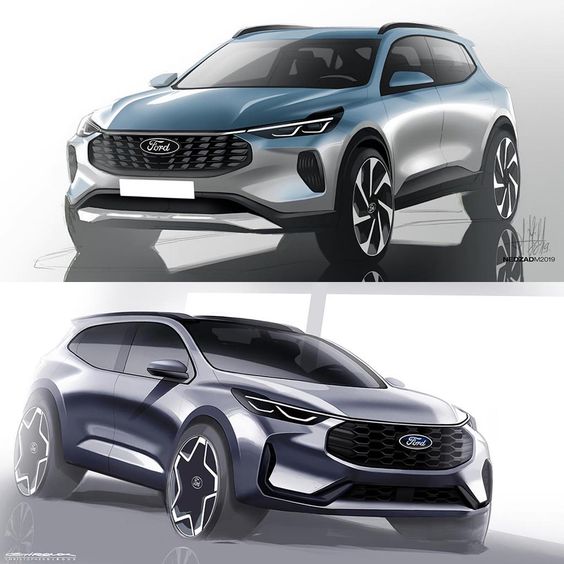
Many aspiring artists benefit greatly from professional tutorials. These resources can provide structured guidance and expert techniques to enhance their skills.
Online platforms host a variety of tutorials catering to different skill levels. These can range from basic drawing techniques to advanced rendering methods specifically for cars.
Following along with these tutorials allows artists to observe professional methods in action. They can pick up tips on proportions, shading, and detailing that might not be available in books.
Some tutorials offer step-by-step processes that break down complex components. This makes it easier for artists to replicate realistic features in their own work.
Additionally, joining online forums or social media groups can connect aspiring artists with professionals. Engaging with a community encourages sharing techniques and receiving constructive feedback.
Incorporating insights from experienced artists can greatly speed up the learning process. With practice and patience, they can refine their skills and create impressive car drawings.
10) Join Online Drawing Communities
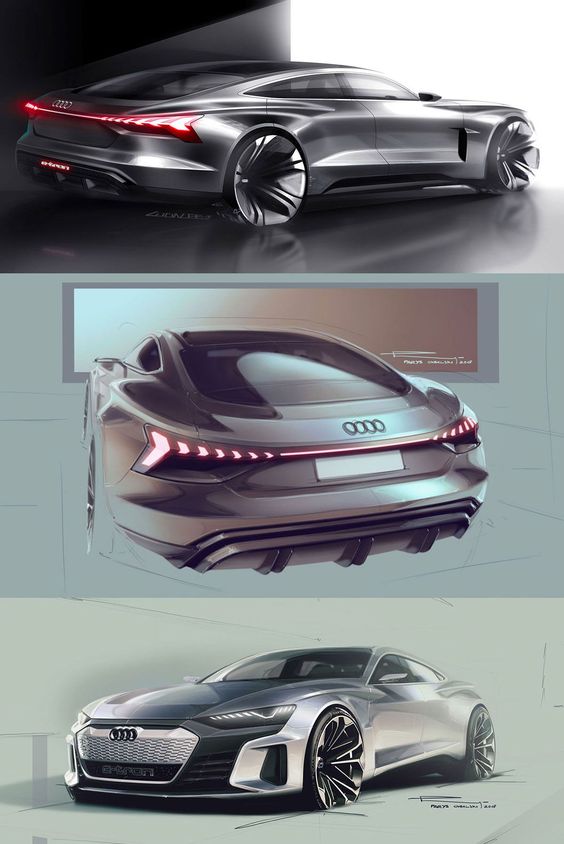
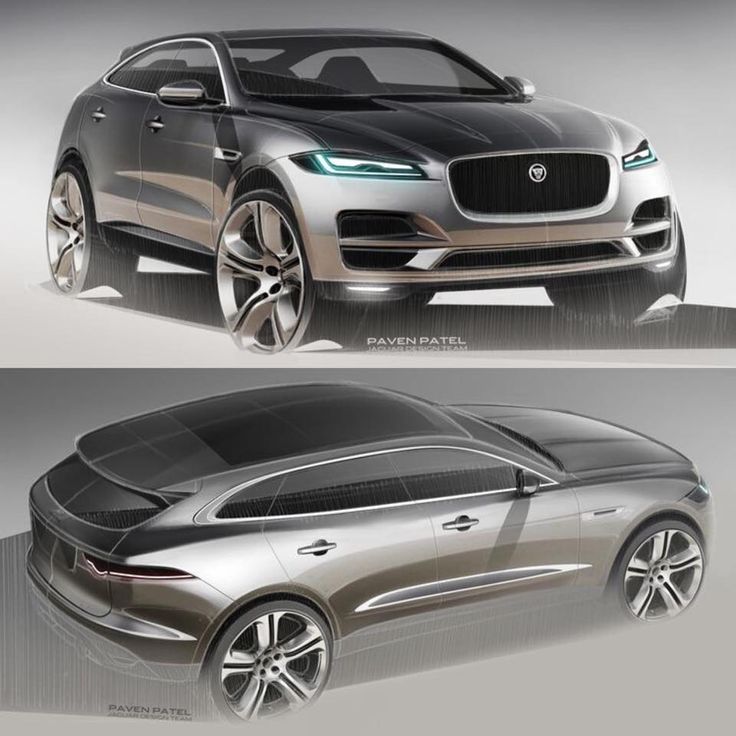
Joining online drawing communities can be a game changer for artists focused on drawing realistic cars. These platforms provide opportunities to connect with fellow enthusiasts and professionals.
Members often share tips, techniques, and feedback. Engaging in discussions allows artists to learn from others’ experiences and gain new insights into improving their work.
Participation in challenges and critiques can boost skills and creativity. Many communities host events that encourage members to push their boundaries, which can be particularly beneficial for those looking to refine their car-drawing abilities.
Additionally, receiving constructive feedback can highlight areas for improvement. Artists can learn what resonates with audiences and what needs more attention in their work.
Networking with other artists may also lead to collaborative projects. Sharing art inspires individuals and fosters a supportive environment for growth.
Incorporating advice and techniques from these communities enhances an artist’s style. Joining an online drawing community opens doors to valuable resources and friendships that grow one’s artistic journey.
Understanding Car Proportions
Proper proportions are essential for creating realistic car drawings. By focusing on the dimensions and simplifying shapes, artists can improve their skills and produce more accurate representations.
Analyzing Car Dimensions
Car dimensions are critical for achieving realism. Start by studying the length, width, and height of various vehicle models.
- Length: Most cars are about 12 to 16 feet long.
- Width: Average width typically ranges from 5 to 6.5 feet.
- Height: Sedans vary from 4.5 to 5.5 feet tall.
Using a reference image helps in measuring these dimensions accurately. Breaking the vehicle down into sections simplifies the drawing process. For instance, consider the relationship between the size of the wheels and the body of the car. Understanding these ratios ensures that each feature looks proportional and balanced.
Simplifying Complex Shapes
Cars consist of intricate shapes that can be challenging for beginners. Simplifying these forms makes them easier to draw accurately.
Start with basic geometric shapes: rectangles for the body, circles for the wheels, and trapezoids for windows.
- Outline the Basic Structure: Begin with the overall silhouette.
- Refine the Shapes: Gradually add details like curves and angles.
Focusing on key features, such as the hood, roofline, and rear, will guide the drawing process. This technique not only enhances accuracy but also builds confidence in the artist’s abilities. By mastering the simplification of shapes, anyone can produce a more refined and realistic car drawing.
Mastering Shading Techniques
Shading is crucial for bringing a car drawing to life. Through the right techniques and tools, one can achieve realistic depth and reflections that enhance the overall look of the vehicle.
Choosing the Right Tools
Selecting quality tools can significantly impact shading. A good set of pencils ranging from H (hard) to B (soft) offers versatility. For fine lines, an H pencil is ideal, while B pencils are perfect for rich, dark shadows.
Blending stumps or tortillons work well for smoothing out transitions between light and dark areas. Additionally, quality erasers can help lift graphite for highlights. Experimenting with various tools can refine personal style and technique.
It’s beneficial to use a sketchbook specifically for practice. This allows artists to refine their skills without the pressure of finishing a perfect piece.
Creating Depth and Reflection
To create depth, artists should focus on understanding light sources. Identifying where the light hits enhances the three-dimensionality of the car. Shadows should gradually transition from dark to light, mimicking the way light behaves in reality.
Adding reflections is essential for shiny surfaces, like car hoods and windows. Observing how light bounces off a car will inform the placement of highlights. Using a white pencil or gel pen on darker areas can create effective highlights.
Remember to layer the shading. Start with lighter tones, then build up to the darker shades. A gradual approach prevents harsh lines and results in a smooth finish. Progressively adding details will create a polished and realistic appearance.
- 2.2Kshares
- Facebook0
- Pinterest2.2K
- Twitter0
- Reddit0





